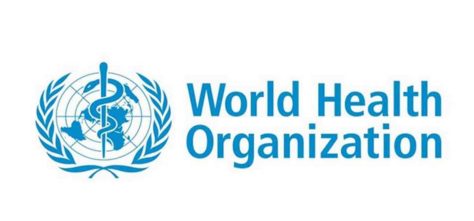WHO Director−General’s opening remarks at the media briefing on COVID−19 − 27 November 2020

- Many countries all over the world that have shown COVID-19 can be controlled with existing tools.One of the things all these countries have in common is an emphasis on testing.
- Since the beginning of the pandemic, WHO has emphasized the importance of testing, and provided the tools for countries to do it.
- As vaccines are rolled out, testing will continue to play a vital role.If you don’t know where the virus is, you can’t stop it.
- This week WHO published new guidelines on physical activity and sedentary behaviour. The new guidelines recommend between 150 and 300 minutes of moderate to vigorous activity per week for all adults, and an average of 60 minutes per day for children and adolescents.
—————————————
Good morning, good afternoon and good evening.
COVID-19 is an uneven pandemic.
All countries have been affected, but not all countries have been affected equally.
Almost half of all cases and deaths are in just four countries, and almost 70% of cases and deaths are in the top 10 countries.
And there are many countries all over the world that have shown COVID-19 can be controlled with existing tools.
One of the things all these countries have in common is an emphasis on testing.
Since the beginning of the pandemic, WHO has emphasized the importance of testing, and provided the tools for countries to do it.
On the 13th of January, in collaboration with the experts we work with, we published the first instructions for producing tests – just two weeks after the first cases were reported.
Since then we have shipped millions of tests and other diagnostic products all over the world.
And we’ve also worked with countries to increase testing capacity. For example, at the start of the pandemic, just two African countries had laboratory testing capacity for COVID-19.
By the end of February, 32 countries in Africa had testing capacity, and now all countries can test for COVID-19.
But we continue to need more and better tests that are easy to use, cheap, reliable, and fast, so patients can be cared for and contacts can be traced.
In September, WHO published our target product profiles for diagnostics, which outline the features needed for new tests.
Many manufacturers around the world have been working to develop these tests.
Through the diagnostics pillar of the Access to COVID-19 Tools Accelerator, WHO, FIND, the Global Fund and other partners are working together to evaluate more than 50 diagnostics, including self-administered tests.
Once these tests are validated and approved, they can be incorporated into national strategies.
In September, WHO issued the first Emergency Use Listing for an antigen-based rapid diagnostic test, which can return a result in just 15 minutes, along with guidance on where best to use these rapid tests.
Together with our partners, we also announced an agreement to purchase 120 million of these tests for 68 low- and middle-income countries, in all regions of the world.
We’re now shipping these tests around the world. Last week WHO and FIND also launched a comprehensive training package for health workers on the use of rapid antigen tests.
But nearly 2 months later, we still face a funding gap of US$500 million to maximize the use of rapid tests.
As vaccines are rolled out, testing will continue to play a vital role.
Initially, health workers, older people and other at-risk groups will be prioritised for vaccination.
That will still leave the virus with a lot of room to move, and testing will remain a vital tool for controlling the pandemic.
If you don’t know where the virus is, you can’t stop it. If you don’t know who has the virus, you can’t isolate them, care for them or trace their contacts.
But testing must be strategic, in support of clear public health objectives.
Everyone who needs a test should get a test. WHO’s guidance outlines how countries can test strategically based on their transmission scenario.
It’s also important to remember that although testing is vital, it’s only part of the strategy.
Testing is the spotlight that shows where the virus is. Investments in testing must be matched by investments in isolation facilities, clinical care, protecting health workers, contact tracing, cluster investigation and supported quarantine.
WHO is continuing to support countries in different transmission scenarios to use testing strategically to bring outbreaks under control.
===
Finally, this week WHO published new guidelines on physical activity and sedentary behaviour.
Physical activity is essential for physical and mental health throughout life.
But one in four adults, and four in five adolescents don’t get enough physical activity.
The new guidelines recommend between 150 and 300 minutes of moderate to vigorous activity per week for all adults, and an average of 60 minutes per day for children and adolescents.
COVID-19 has resulted in restrictions of many types – but everyone can remain active, whether that’s doing a workout at home or going out for a walk, a run or a ride.
It’s one way all of us can add years to life and life to years.
Every move counts.
I thank you.





